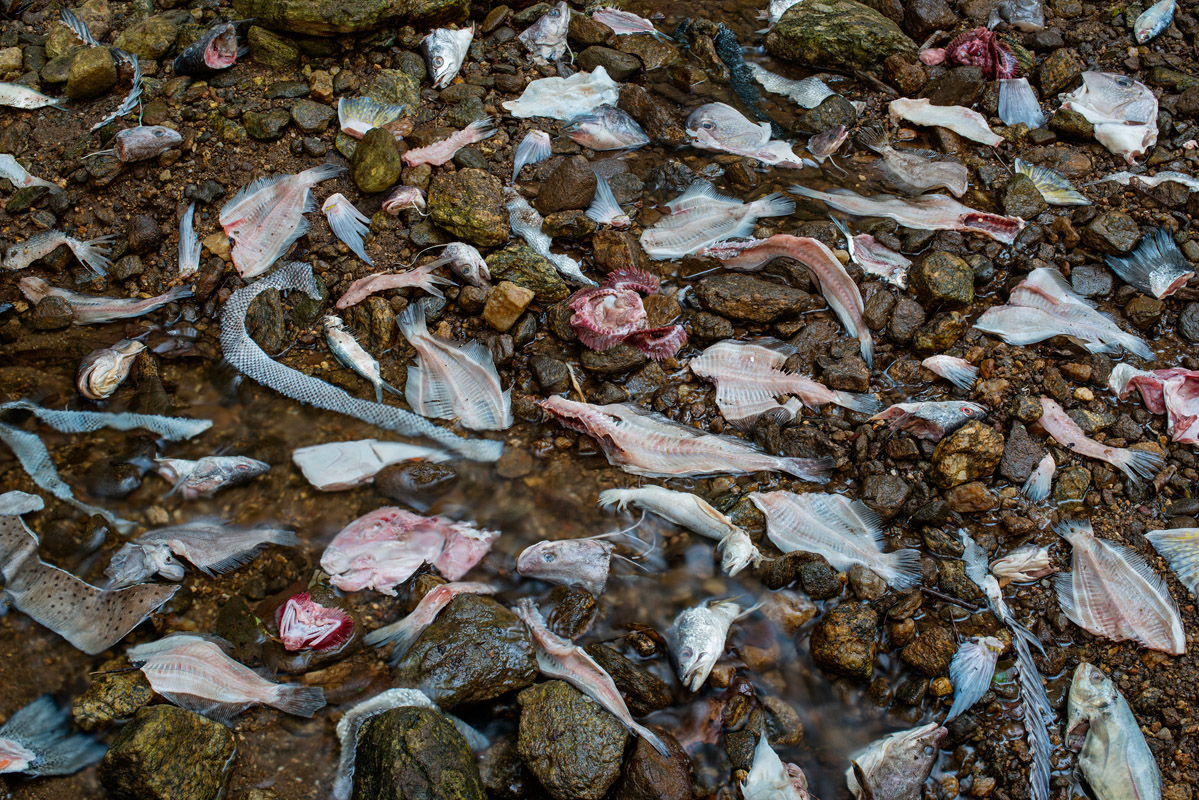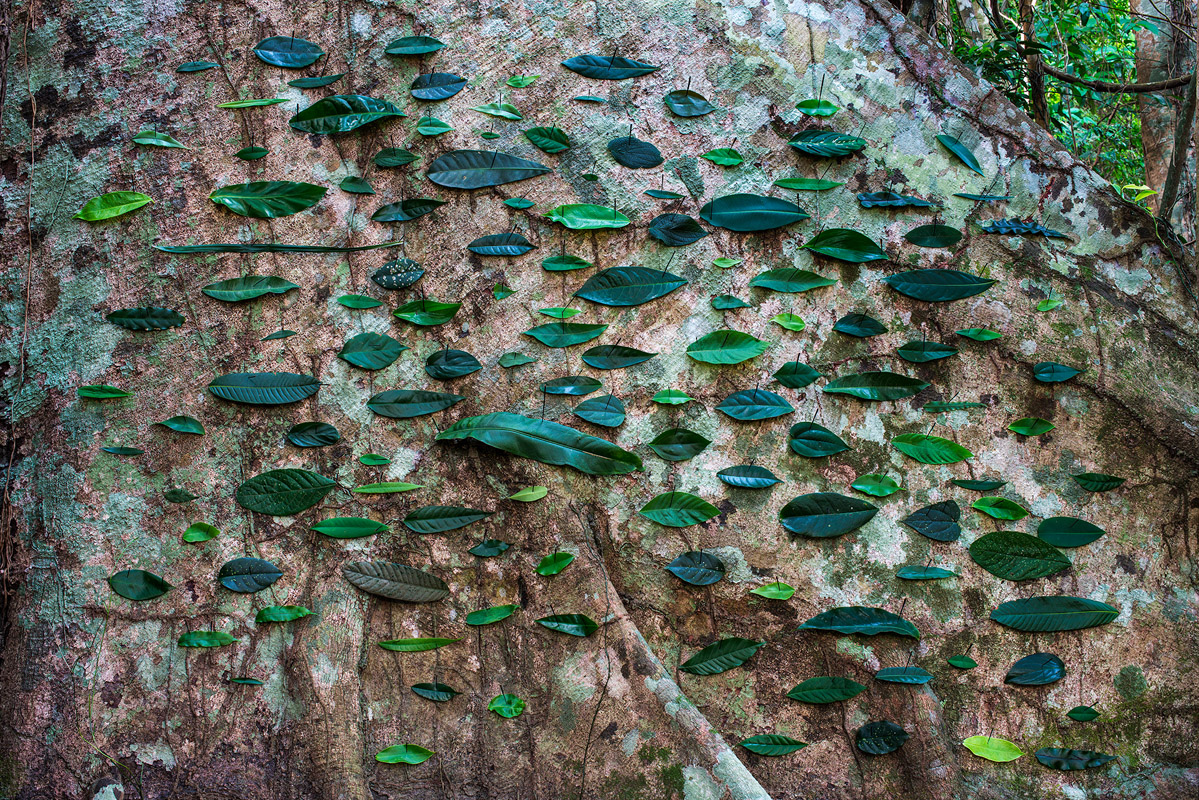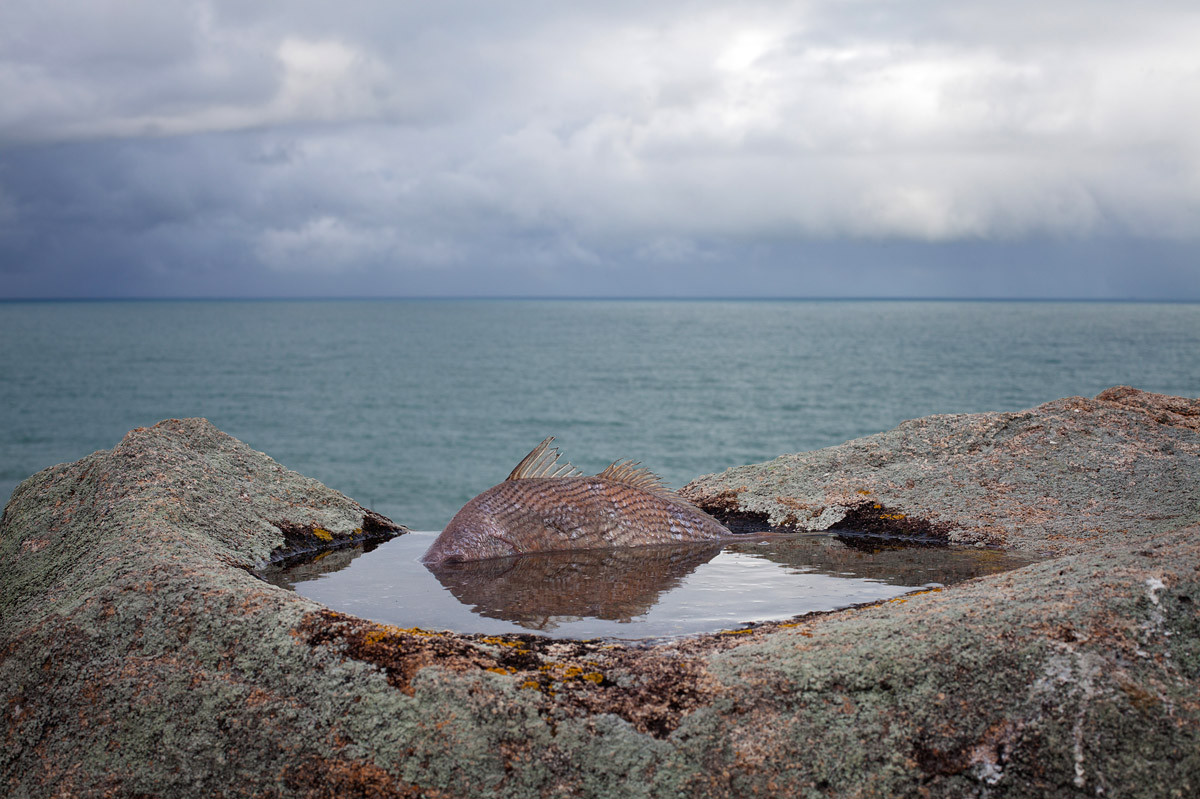Brazilian artist Rodrigo Braga shoots himself in the mud of the Amazon. With his naked torso he extends his hand to interact with a crab: it attracts his attention, he imitates it, provokes it, accompanies it. Or he lies with his chest towards the sky in a canoe semi flooded with black water. He closes his eyes and breathes, lets time pass. He has a fish the size of his lap on top of him. Cut. He plays with minced meat as if it were playdough sitting in front of a white desk. Or he goes into the Anavilhanas archipelago and screams, as if he is bleeding, in the middle of the jungle.
On another moment, he simulates a transparent face using a replica of his own head. He staged the surgery, the scalpel cuts, the artificial breather. He does the same, in parallel, with the head of a black dog, dead, with big eyes. He peels it, he removes the muzzle and then he implants it to himself. The result is viral. Braga accomplishes it: the question that he throws into the air bounce in the public. Are we more animals than we think? Why is it so disturbing to see him interact with animals in societies where it is really normal to see pieces of animals exposed in the butcher shop?
“A disturbing video”, “huge controversy”, “his most controversial work”; “he wanted to look like a dog so he implants himself a face”: these were some of the newspaper headlines when Fantasía de compensación (Compensation Fantasy) came to light (2004) , an old work from Braga.
Son of scientific and ambientalist parents, Braga was born in the Brazilian Amazon in 1976, and two years later, the family moved to the Brazilian Northeast, where he graduated in Fine Arts from the Universidade Federal de Pernambuco. At the time he was born, little was said about environmental sustainability, but being son of environmentalists left a mark on his work.
His work, from 2000 onwards, not only explores the deep Amazon but also the urban world. “I am a Brazilian artist and I have an affinity with various biomes, Brazilians and abroad,” he affirms. Now he lives in France
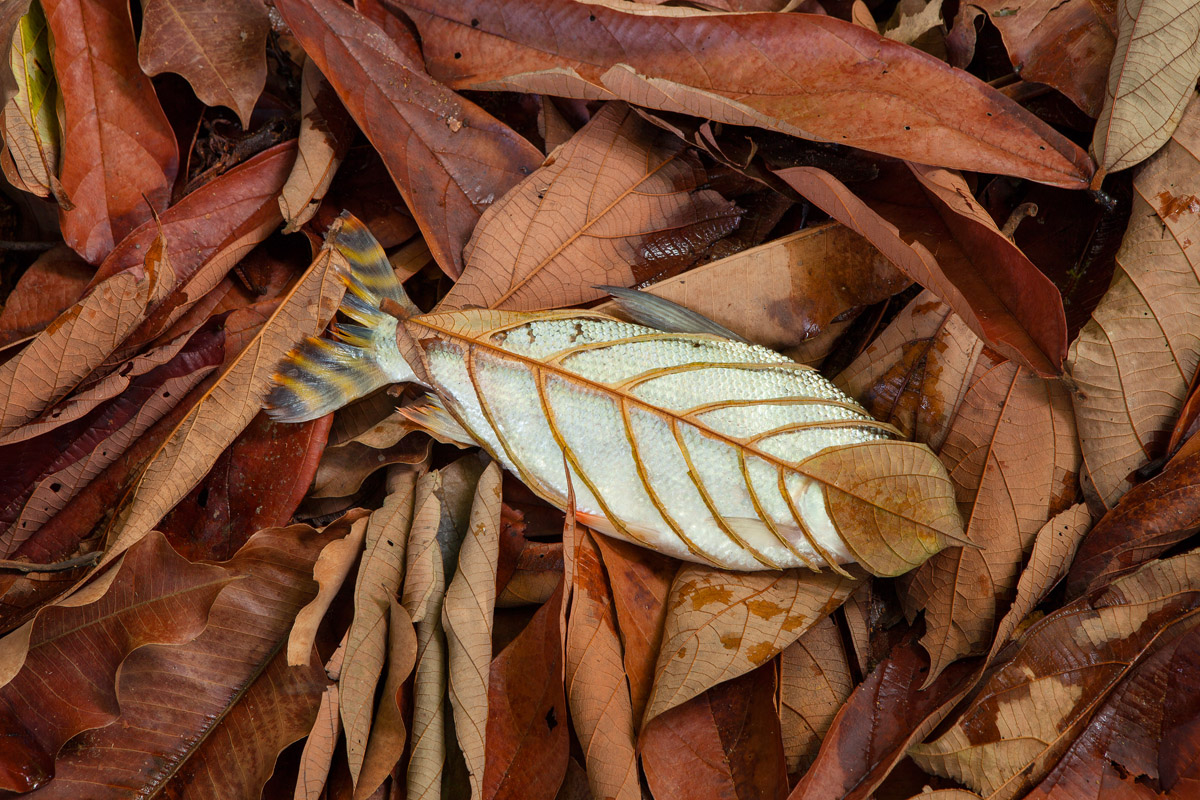
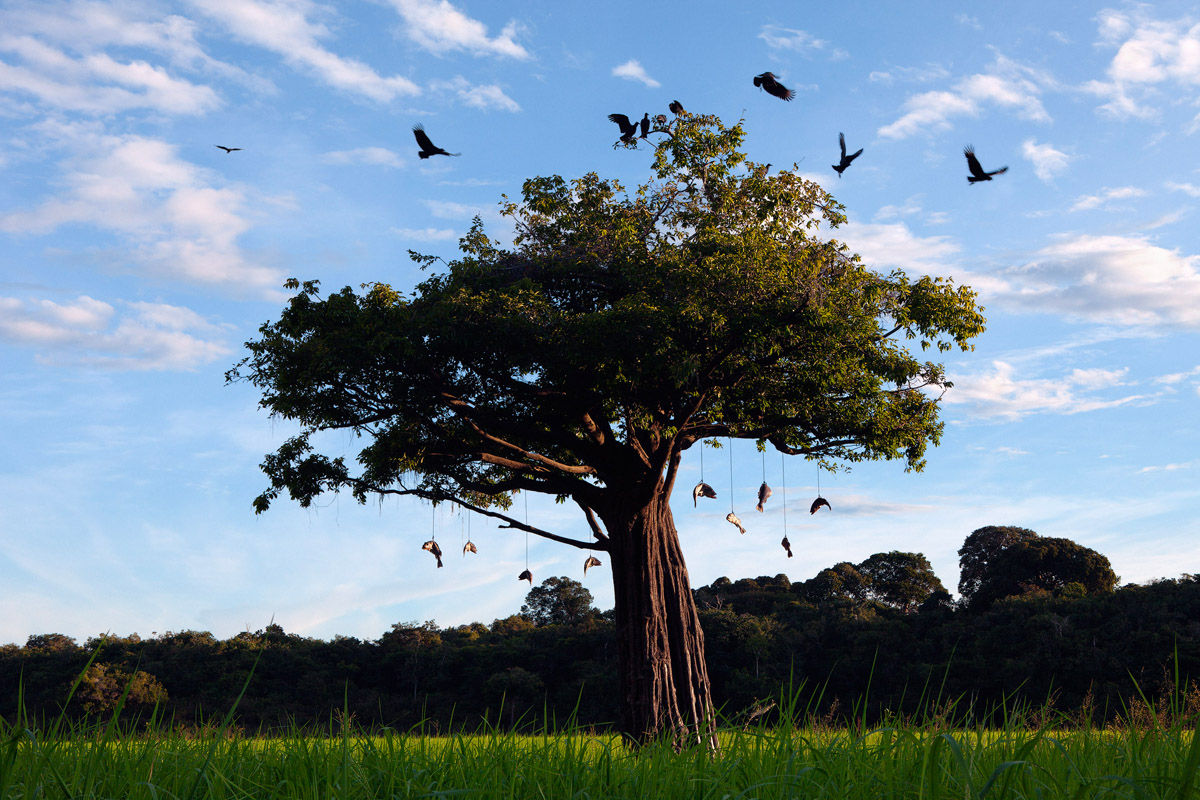
In his works, Braga seeks to harmonize with the rhythm of nature but, at the same time, intervene in it. He represents something of the organicity that defines us but at the same time questioning it. Like when he puts animal kidneys on his head, as if they were a hat. Or a crow’s foot in one eye and an aloe vera that simulates his hair, in Alegoría perecedera (2005). He creates landscapes based on his own experience and his past.
Braga does not feel described in the idea of the photographer as an “image hunter”. He does not seek to shoot with his camera, he does not perceive it as a rifle through which to capture essences. It is as if it represents the Neolithic revolution of ten thousand years ago, when the communities stopped being nomadic because they discovered the possibility of breeding and planting. Braga defines himself, in effect, as a “farmer of images”. He puts his body at the disposal of the work. He interacts “hand in hand” with his surroundings. Staging “the tension between man and his space, be it nature, the countryside, a bush or urban nature itself.”
Agriculture in image emerged after years of exploring the biomes of the three regions in which he lived: the Amazon, the Atlantic Forest (Rio de Janeiro, Floresta de Tijuca) and the Northeast of Brazil from the coast to the interior, especially in the state of Pernambuco. The exhibition traveled between 2014 and 2018 through four large Brazilian cities: São Paulo, Rio de Janeiro, Recife and Fortaleza and was seen by about 220 thousand people.
Daniel Rangel, curator of that exhibition, wrote: “For the agricultural photographer, unlike the hunter, the moment he sees himself does not matter, but the moment he saw himself. It is an eternal search for a previously conceived déjà vu imaginary, in which chance is the fruit of careful preparation and a prolonged execution time. Rodrigo is not in a hurry, because he knows that he is the enemy of the perfection and harmony that he seeks”. For him, nature is his atelier.
Braga conceives photography as a performative act: “I always say that I am a photographer who photographs like a painter.” But also a sculptor. And a protagonist, an editor, a skillful exploiter of natural settings, an art director, a builder. And an animal.
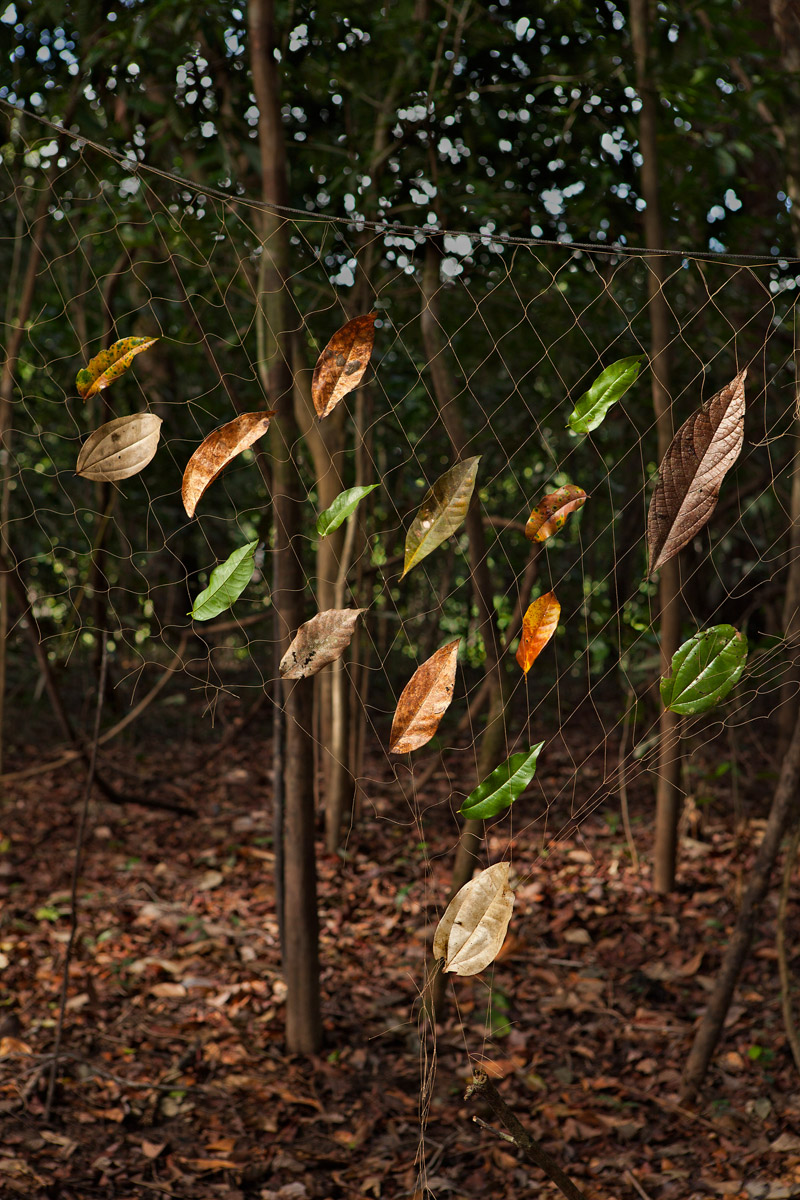

When did you leave Brazil?
I moved when (Jair) Bolsonaro was elected. Before it was already very bad, it was a symbolic oppression of culture, education, knowldege. This was leaving many people ill, suffering. I had started some things in France, I did a residency in 2016, a personal exhibition and other works.
You were born in the Amazon …
I was born in the Amazon, I worked there. I am a Brazilian artist and I have an affinity with various biomes, Brazilians and abroad. I am not an artist that represents Amazon. I am an urban person. I was born there by chance: my parents are from the northeast of Brazil, they are biologists. They were in the 70’s in the Amazon, when we were born my sister and I. I lived there only 2 years of my life, but I grew up in the northeast of the country, which gives me another notion of Brazil, since it is a totally different region. When I returned to Manaus, I was already an adult. I worked in the Amazon as a trained artist, but I had an imaginary in my head and I tried to recover it. And I also built another imaginary.
I am not an image capture photographer, I am a photographer-artist who creates landscapes based on my own experience and my past.
I am also interested in your concept of “image agriculture” …
Agriculture of the image was an exhibition that I did and that traveled to four Brazilian cities. It is not a title of a series, it is that of an exhibition in which there were several photographs and videos. It was very big.
It questions the idea of the hunting photographer, who points his camera at the landscape, at nature, at the animals and takes a shot like a rifle and captures the image. In contrast, there is the idea of a farmer photographer who approaches in a more physical and constructive way.
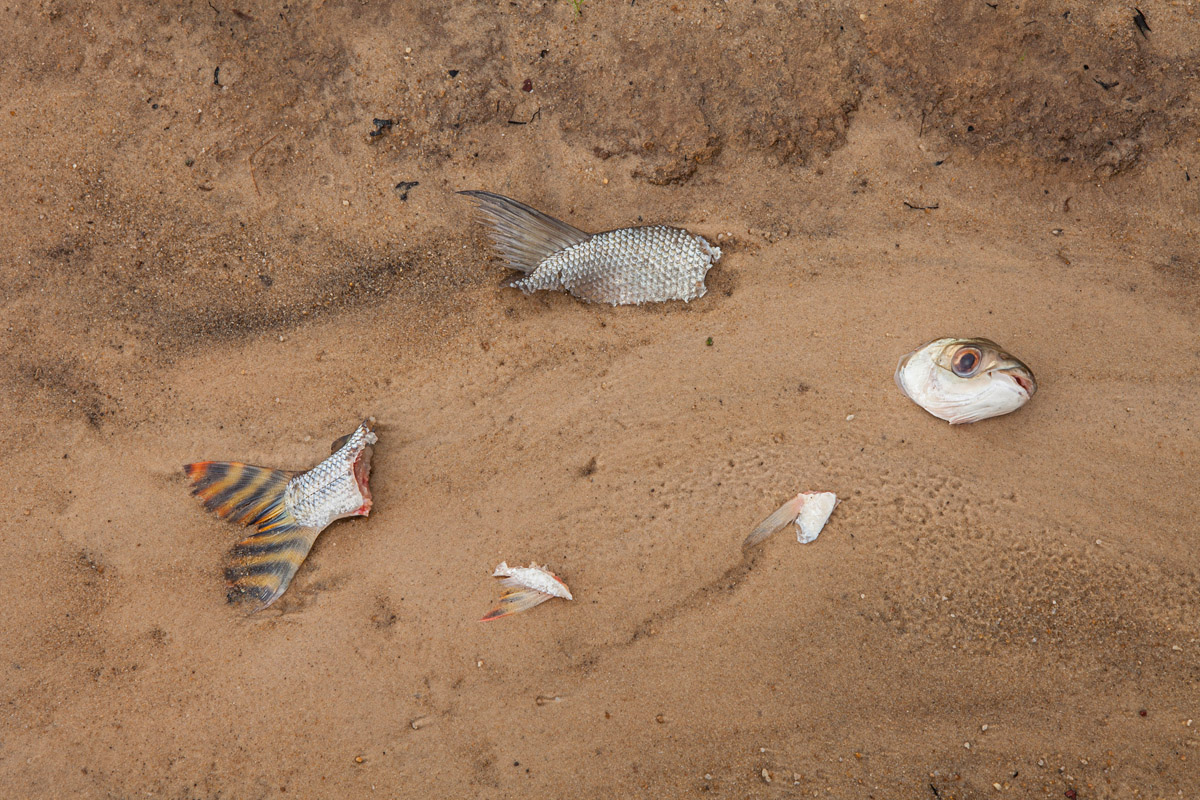
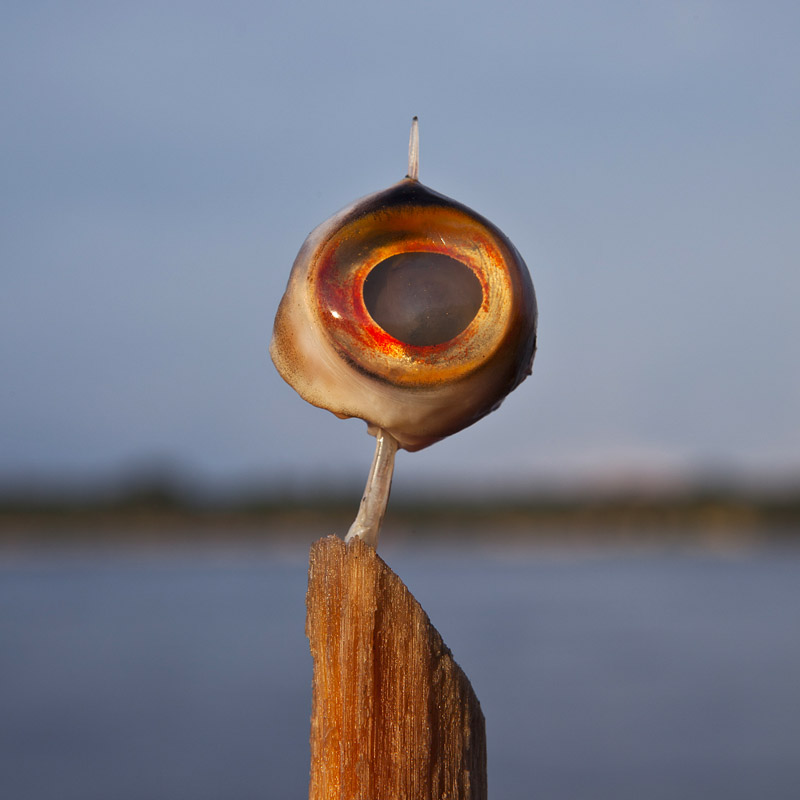
In relation to Amazon, how was the production of Isla Negra?
It was a project that I carried out between 2010 and 2013. On one of the trips I was in Manaus, the Amazonian capital, and I realized that the light changed completely at noon due to the arrival of a very strong, very fast rain. Then the clouds covered the sky and it caused that impression of darkness.
The photograph in the middle of a triptych that I made is of a fish, which I photographed at noon. The light was very low. Then I went further afield and photographed two different islands at night. So I made a composition.
In these types of biomes a lot happens at night, right?
It is impressive what happens at night, I had the opportunity to stay many days inside a house thanks to the Ministry of the Environment. I was without electricity and I really witnessed the darkness, the density of the Amazonian darkness.
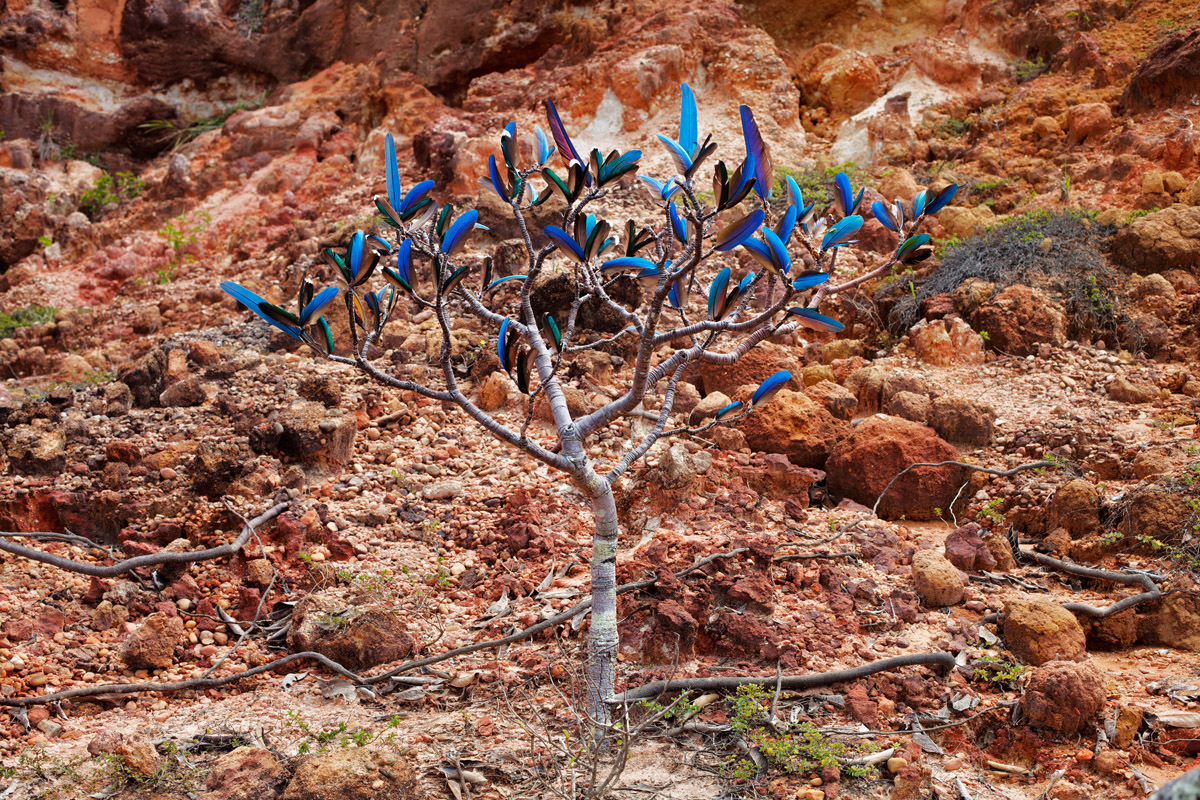
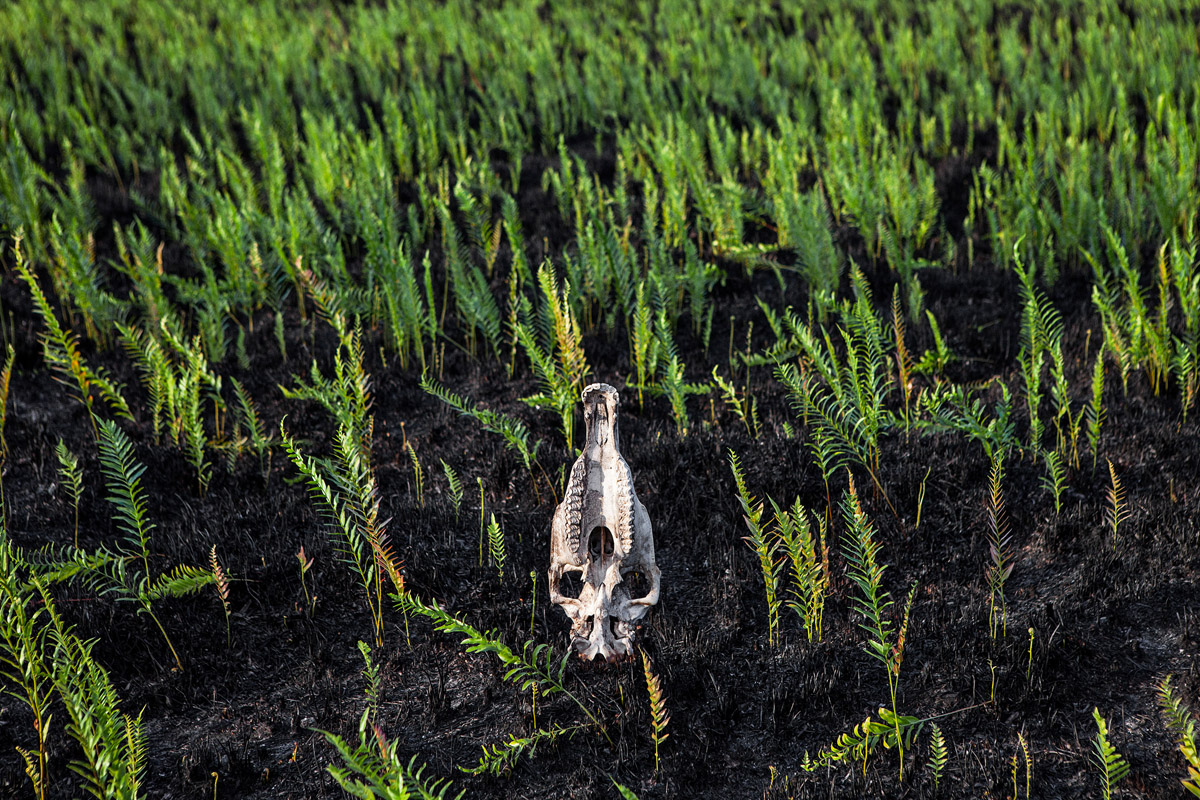
Both in the photographs and in the videos, it shows that you put your body into your work …
There is a work called “Tonus” and a text called “Animal texture”. It was a video-installation for the São Paulo Biennial, in 2012. A dark room played with the visual elements, each video and photograph was very symbolic. A video shows my body in action with animals, plants, with the landscape finally. I began to have a position of tension between the elements that are metaphorical tensions of man’s relationship with the landscape, man and animality, man and natural space. I think that runs through my entire production: the tension between man and his space, be it nature, the countryside, a bush or urban nature itself.
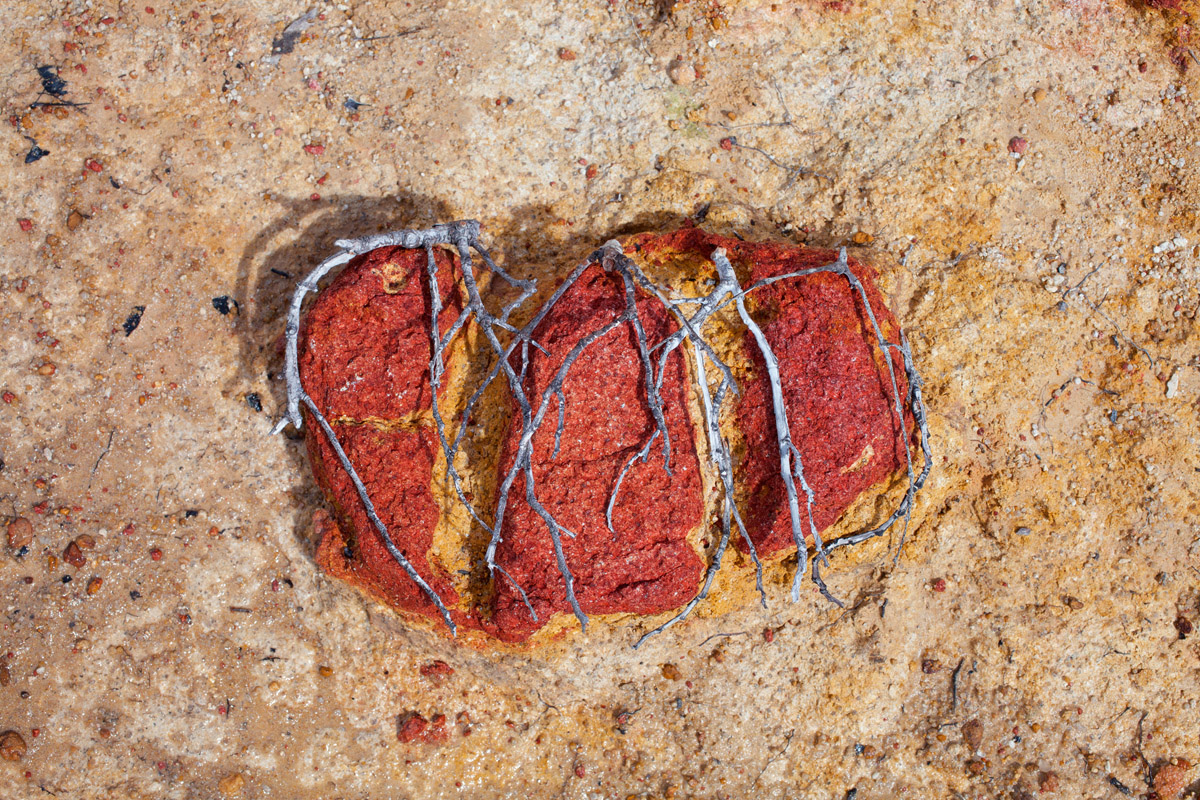
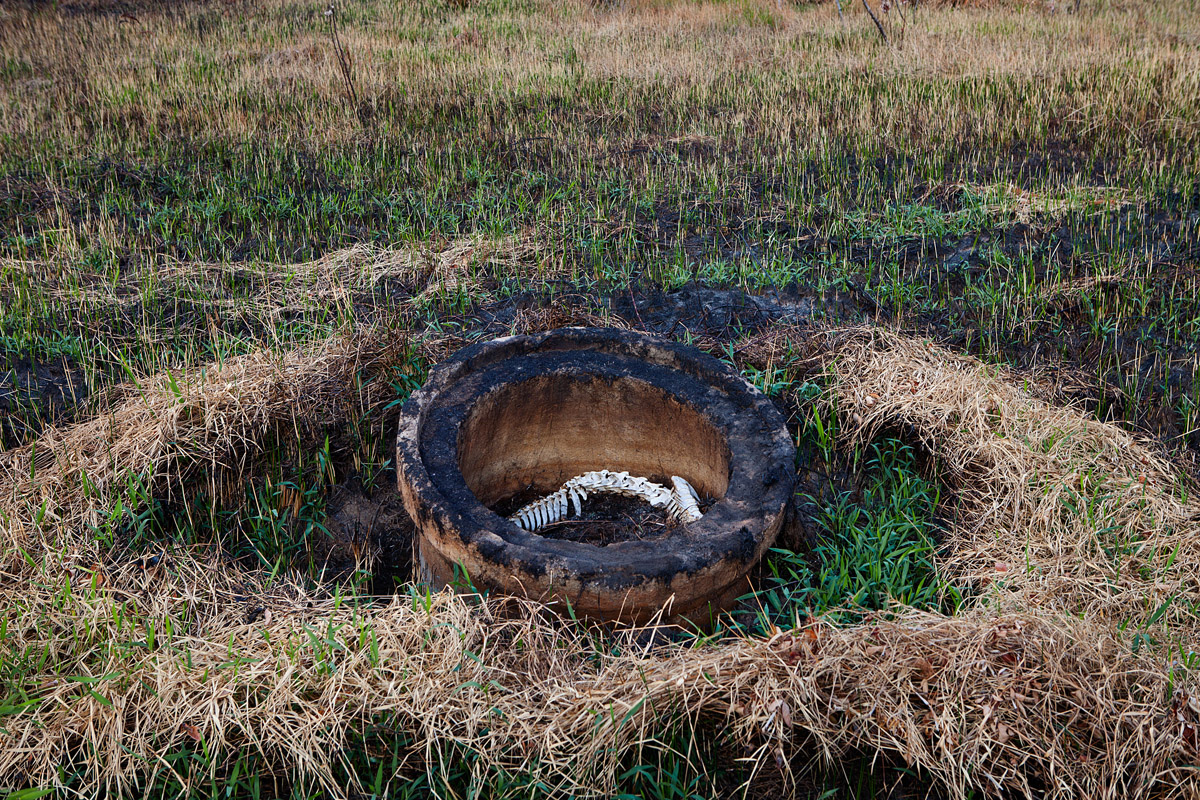
What is it like to put yourself at stake in your work?
I always say that I am a photographer who photographs like a painter. And when video entered in my production, performance was closely linked to photography. Because photographing, for me, is a performative act; it is an act of image construction. Photography, for me, is closely linked and connected to the physical construction of the painting: as a still life painter composes the objects for a painting, I also compose within the photograph. Be it with objects, be it with the body or with my action. For me, it is a mixed bag. It is not clear where photography, performance, painting or sculpture begins and ends.
How would you define your current job?
The current work is very much about radical opposition: of black and white, of right and left, the symbols are metaphors to talk about a situation of little talk, of little conversation between people, between countries and between neighbors .
